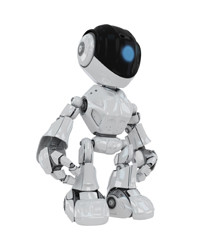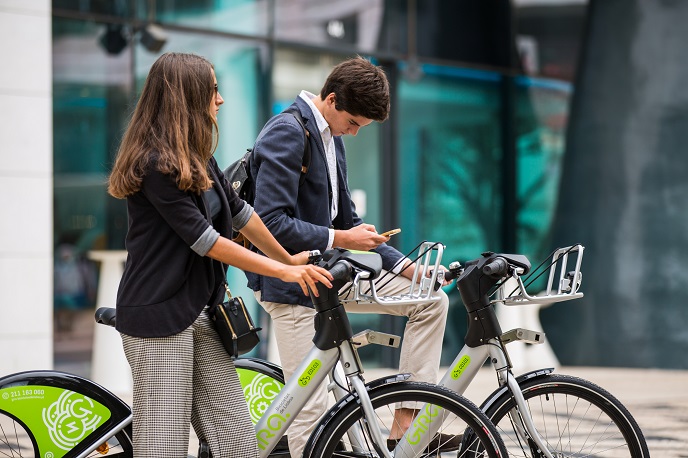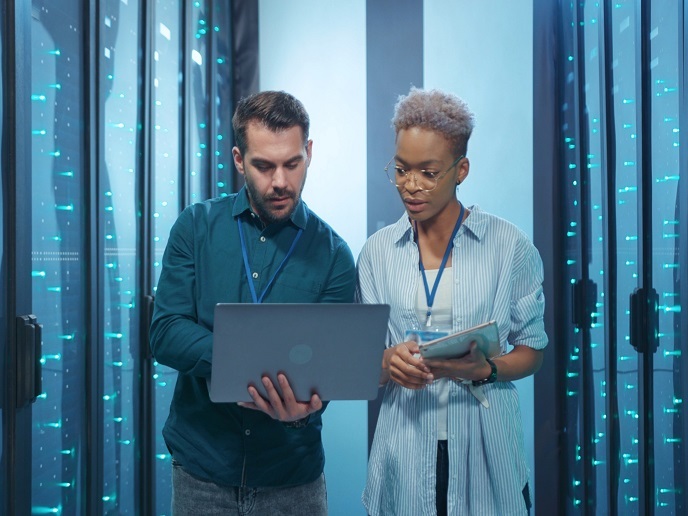Advanced human-like control in robots
The project 'Bringing human neuromotor intelligence to robots' (H2R) worked on combining machine learning techniques with advanced control theory to develop human behaviour inspired control mechanisms for robots using modelling and other analytical tools. H2R began with the study of key human features enabling adaptation to dynamic environments — force and impedance. Electromyography signals were used to better understand muscle activation and improve motion, impedance and force control in robots. After studying how humans adapt impedance and motion trajectories to carry out tasks and to identify objects , H2R developed a human-like algorithm for robot haptic identification, an optimal impedance model for trajectory generation, and an adaptive algorithm for multiple manipulators coordination. These algorithms can be applied to various robots to improve their control performance, and have been tested on anexoskeleton robot used in assistive human rehabilitation. Furthermore, they have been tested on iCub robot(opens in new window), which is a humanoid robot, developed by the EU-funded project RobotCub. The developed algorithms have also been modified after modelling and analysis for application in mobile robots. Project members developed an adaptive control for a wheeled inverted pendulum system, and have also controlled multiple mobile manipulators grasping a rigid common object in contact with a deformable working environment. Researchers also developed new methods to reduce computational load and to improve tracking for electromyography operated telerobot control. The developed algorithms on trajectory adaptation helped improve robotic sensory capabilities in terms of perceiving and manipulating objects without requiring force sensors. Experimental investigations were also carried out to improve kicking performance in robot leg joints. H2R outcomes were disseminated via numerous seminars, talks, research collaborations, academic visits and exchanges to other institutes in Europe and China. Project activities have enabled the development of biomimetic robot control technologies that were tested on exoskeleton robots, humanoid robots and robot manipulators. Use of such technologies in future personal robots will help to enable their safe and seamless integration into our lives even in unknown dynamic environments. H2R technologies potentially benefit the boost in Europe's robot industry, which could be worth USD 15 billion by 2015.







